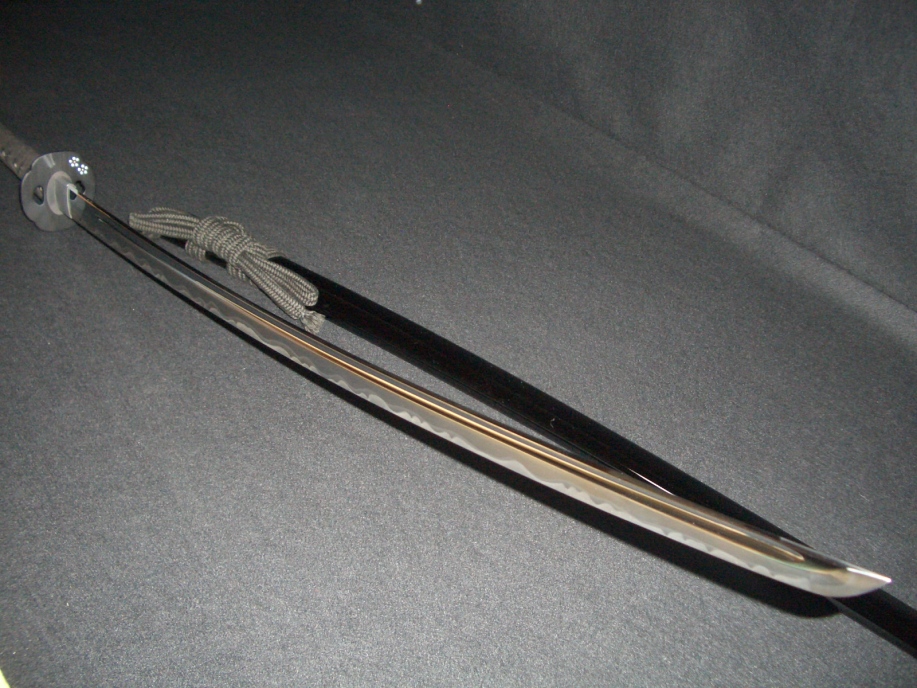

Because of Hideyoshi's lack of respect, Date Masamune chose to work with Tokugawa Ieyasu when Tokugawa Ieyasu fought Toyotomi's loyalists. In order to ensure that he was on the winning side, Masamune waited for his spies to inform him of the likely winner before joining the battle.īecause of his late arrival, Hideyoshi did not give Masamune the respect he deserved, an act of discord in Japanese honor society.

Hideyoshi was essentially the ruler of Japan, so Masamune was obligated to help him, even if he didn't want to. He had cut off their escape route by destroying the bridge across the Nitsubashi River, which meant that the fleeing men would drown or be slaughtered.Īfter this victory, Masamune was ordered to work with Toyotomi Hideyoshi and help him besiege Odawara Castle. They fought at Suriagehara, and Masamune demolished the Ashina who were forced to flee. Masamune bribed an important Ashina servant to rebel, but he betrayed him and pursued him with a large army to the Ashina headquarters in Kurokawa. One of Masamune's great victories was a battle in 1589. This story, combined with his aggressiveness, earned him the nickname One-Eyed Dragon. He had lost the use of his right eye as a child after catching a disease, and when a senior member of his clan pointed out that an enemy might catch it while fighting him, Masamune plucked it out himself. Masamune was a hot-blooded and aggressive man, and had been since childhood. Ready to dive in? Read it here! Who was Masamune? Follow the details of the escalating tensions, the kidnapping and the ensuing battle in our dedicated article. Both were famous samurai families who supported opposing sides of the shogunate. Katana? Cool.One of the most fascinating martial stories of the Japanese feudal era is the war between the Masamune and Hatakeyama clans. It is the first blade to be confirmed as a Masamune in roughly 150 years. “By presenting such a masterwork to the Imperial Family, Ieshige showed the deepest appreciation and highest respect,” Watanabe commented.įollowing this, the sword’s whereabouts were unknown until its anonymous owner brought it to the museum in Kyoto. The particular sword, which Watanabe says is called the Shimazu Masamune, had been given in 1862 by Ieshige, the 14th Tokugawa shogun, to the Imperial Family to mark his marriage to Princess Kazunomiya, also known as Princess Kazu. “Judging from its unique characteristics such as the pattern that can be seen in the side of the blade…it was unmistakably forged by Masamune.” Historian and sword scholar Taeko Watanabe spent the months between then and now studying the blade, and has recently announce her conclusion that it is a Masamune. Last year, a man brought a sword, which had found its way into his personal property, to the Kyoto National Museum to be appraised. However, it can be hard to keep track of weapons in a country that’s gone through as many civil wars, revolutions, and occupations as Japan has, no matter how impressive their pedigree. Superstition holds that these traits were passed on to the swords he forged, and as such Masamune’s are often held to be the superior weapons. Justified or not, Muramasa is said to have been psychologically imbalanced and prone to violence. Today, the only swordsmith who can approach his exalted historical status is Muramasa, who was born hundreds of years later. Producing the highest-quality blades during a time of military power made Masamune’s swords extremely prized. He lived his life during the Kamakura Period, when the samurai class saw the most dramatic rise in its power over Japan. Masamune was active during the late 13th and early 14th centuries, the part of Japan that today is part of Kanagawa Prefecture. But difficult and impossible are two different things, and for the first time in over a century, a sword has been confirmed by historians as being the creation of the master himself. The most respected of all, though, was Masamune, whose reluctance to sign his blades has made identifying them difficult. Some craftsmen achieved almost legendary status, becoming folk heroes whose names are widely known even today. The reason this is done, though, is because many Japanese swordsmiths would “sign” their works by etching their names into the metal of the hilt. Visually, it sort of dampens the impact, since the remaining skinny slab of metal is a lot less evocative of it actually being gripped and wielded by one of Japan’s warriors of ages past. Should you visit a history museum in Japan, and, like I do, make an immediate beeline for the collections of samurai armor and weaponry, you might be surprised to notice that Japanese swords are customarily displayed with the stitching removed from the hilt.


 0 kommentar(er)
0 kommentar(er)
